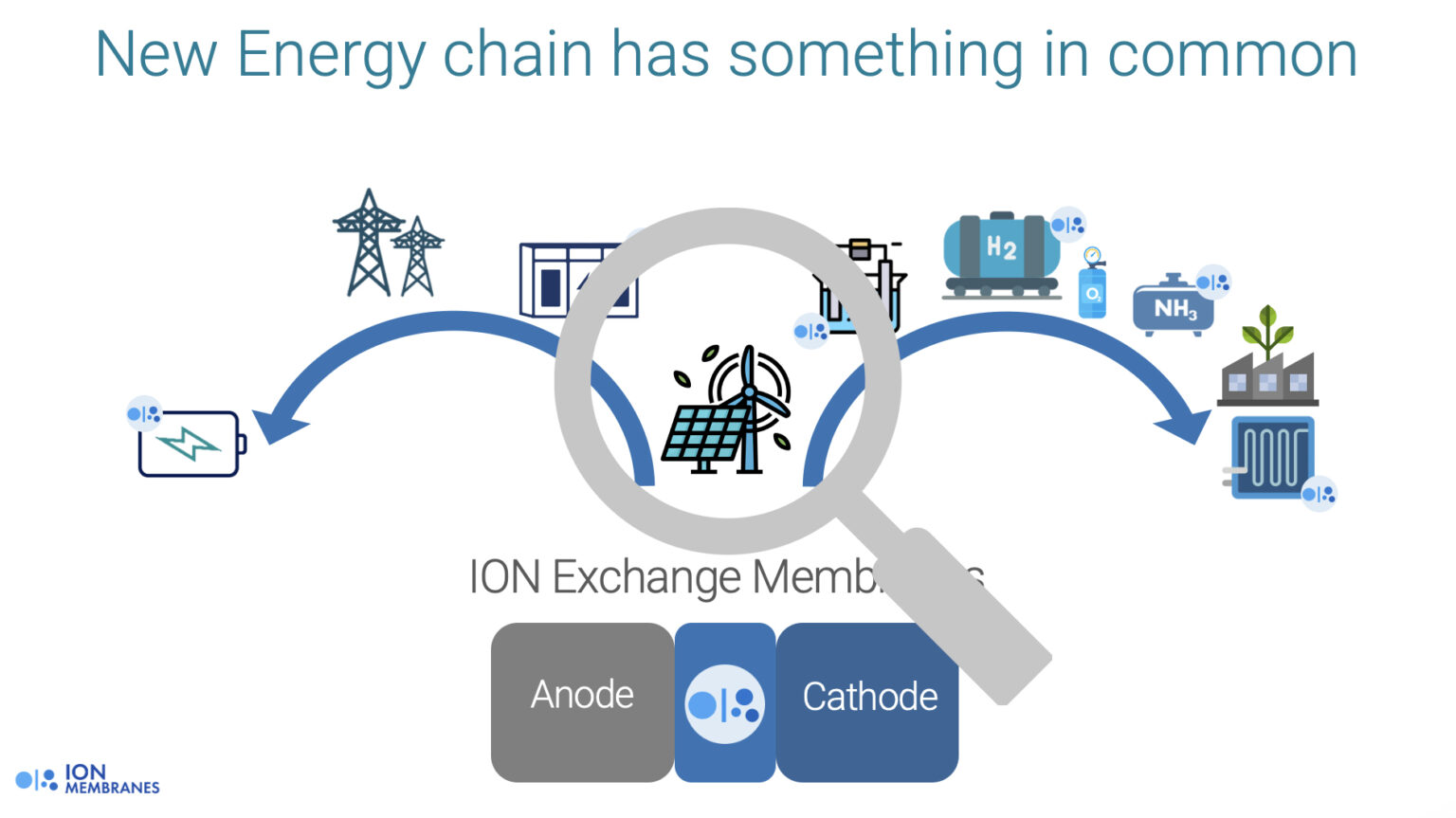

An ion exchange membrane is a type of selective barrier that allows the transport of certain ions while preventing the passage of others. It is commonly used in various applications, including water treatment, electrochemical processes, fuel cells, and chemical separations. The membrane is typically made of a polymer material that contains ion exchange groups. These groups can attract and selectively exchange ions present in a solution. The exchange process occurs as the target ions in the solution interact with the ion exchange groups on the membrane surface, resulting in the separation or purification of the desired ions.

The global ion exchange membrane market size was estimated at USD 1.16 billion in 2024 and is projected to grow at a CAGR of 6.1% from 2025 to 2030. The increasing demand for water treatment solutions and advancements in renewable energy technologies proliferate the market. These membranes are widely used for water desalination, purification, and industrial processes, especially where water scarcity is a concern. As populations grow and water demand rises globally, especially in arid regions, the need for efficient water purification methods has spiked. Due to their ability to separate ions and contaminants, play a crucial role in desalination processes, driving demand for these advanced filtration systems.